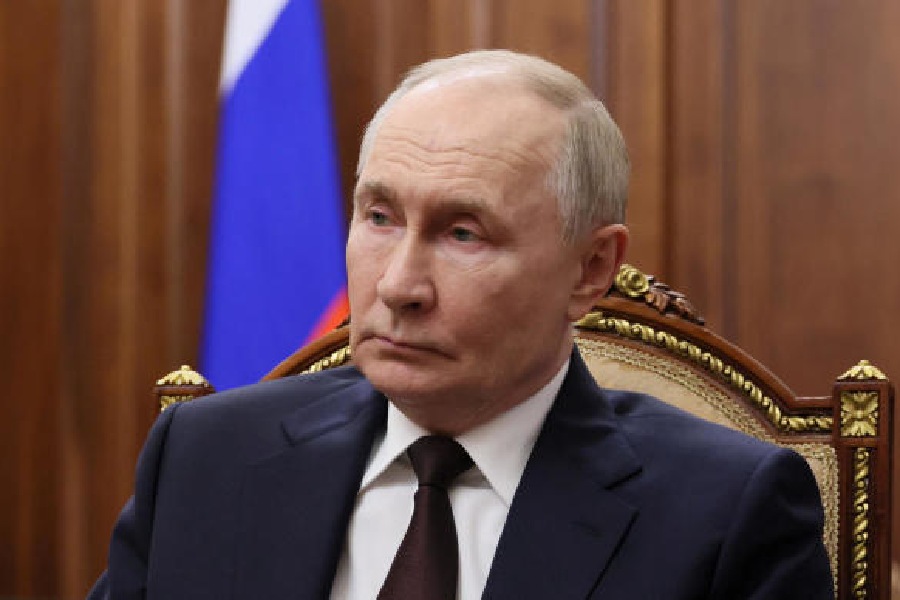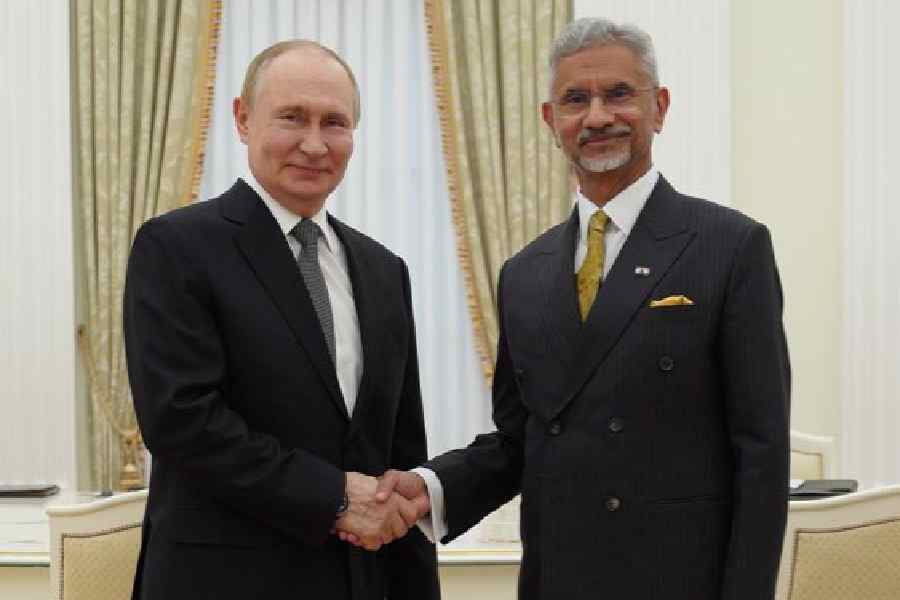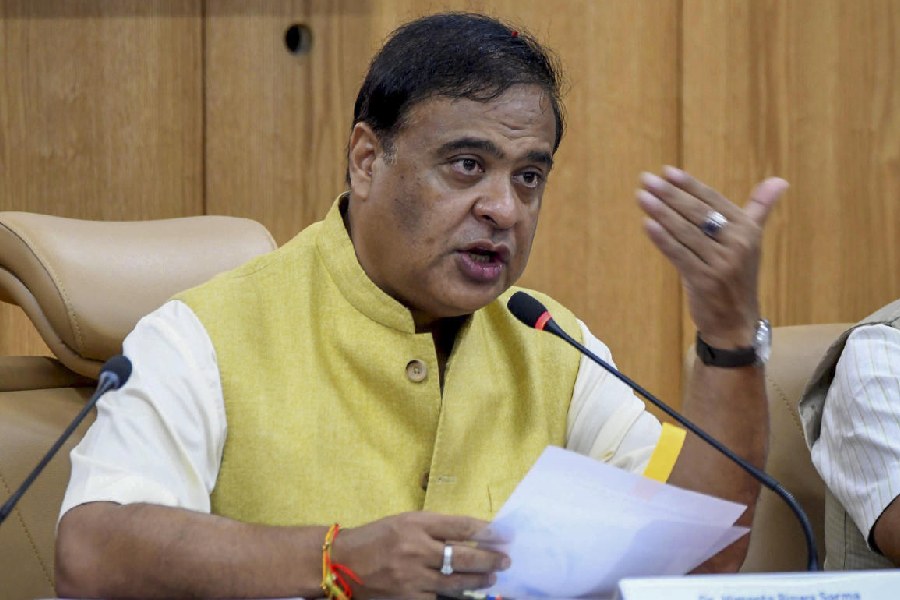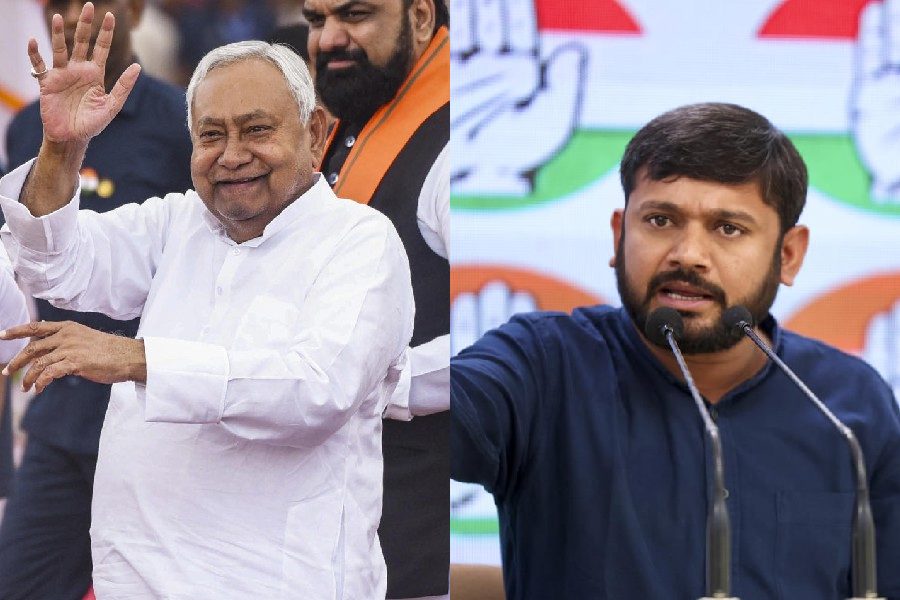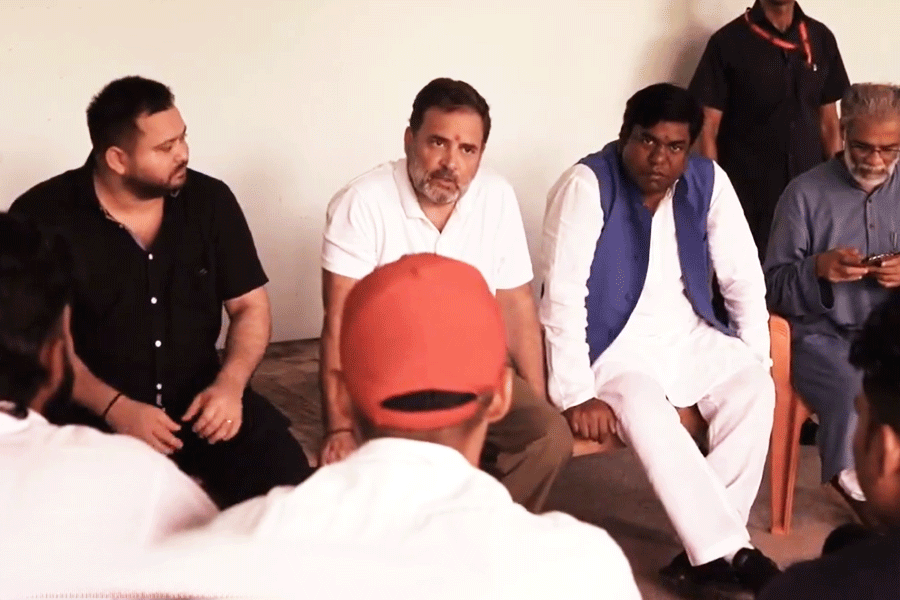 |
| Tourists at the base camp of the Dzongri trekking trail on Sunday. Picture by Prabin Khaling |
Gangtok, Nov. 7: The Travel Agents’ Association of Sikkim has decided to set up a dedicated team that will have members with well-defined tasks to carry out relief and rescue operations.
The TAAS has always been on the forefront of any mission to bail out tourists trapped in life-threatening situations in Sikkim. But the association had become part of the rescue missions without a hierarchy and standard operating procedure. All that will change with the launch of the specialised team.
“We are going to form our own search and rescue team,” said TAAS president Lukendra Rasaily.
While TAAS secretary (west) Barap Namgyal Bhutia has been given the independent charge to piece together the team, British mountaineer Roger Payne was nominated as its adviser.
The TAAS has always stood shoulder to shoulder with the state government in rescuing injured or trapped tourists from high-altitude areas like Dzongri in West Sikkim and Tsomgo in the East district. The association had recently air-lifted a Scottish woman who had fractured her leg while trekking in Dzongri.
So far, these missions have been undertaken by the TAAS without any clear-cut system. “But with the setting up of our own specialised rescue team, things would be defined right up to the grassroots levels,” believes Rasaily.
Barap Namgyal, who mainly arranges adventure sports especially mountaineering for visitors, wants tourist guides to be at the bottom of the search and rescue pyramid.
“My idea is to give special training to the trekking guides in Sikkim on first aid and altitude sickness. I want to start the capacity building of the guides that will be on a par with international standard before the next tourism season,” he said.
Mishaps associated with trekking and high altitude sickness require specialised attention and guides usually form the first line of rescue missions. Recently, one student from Calcutta had died because of high-altitude sickness while trekking at Dzongri.
“We want to prevent such deaths in future,” said Barap Namgyal. He said the TAAS would interact with yak herders and porters to put in place trained volunteers on trekking trails to evacuate injured tourists.
“We have friends in foreign agencies that specialise in mountain rescue operations. We will interact with them regularly to get best ideas and resources from them on high-altitude rescue operations. It will take some time to prepare a manual for our search and rescue team,” said Bhutia.
The TAAS will also hold talks with all adventure sports agencies to set up a common insurance system so that there are no financial constraints during search and rescue operations.
Payne said he was happy to be associated with the TAAS rescue team as an adviser and said he would offer his services and knowledge to help the organisation. Asked if a body like the TAAS was competent enough to conduct mountain rescue operations on its own, he said a good organisation was more equipped than experts for such tasks.
“In mountain rescue, you don’t need individuals with high technical skills. It is more about having a good organisation which is prepared to conduct the rescue missions,” said Payne who was in Gangtok last week. He said the first thing an organisation engaged in the rescue missions needs to do was to collect data about the tourist destinations and clients.
“The TAAS through its members should collect proper records of accidents and illness suffered by tourists while trekking or mountaineering. It should also have a record of unusual events at these destinations so that it understands such incidents and is better prepared,” said the mountaineer who recently completed an Alpine expedition in West Sikkim.
Payne said the rescue team should have a standard hierarchy, which starts from a designated help line to receive information about tourist mishaps. “The information should be then passed on to a co-ordinator of the rescue teams in each district,” he said.
The team members should be trained and equipped with rescue kits and communication system. “A liaison official should also be there to co-ordinate with police, administration, hospital and helicopters for the rescue efforts,” he said.
Payne will sit with Barap Namgyal to draw up the structure for the rescue team. “The teams should be in possession of the tourists’ insurance claims and phone numbers to contact in case of emergencies,” he said.





